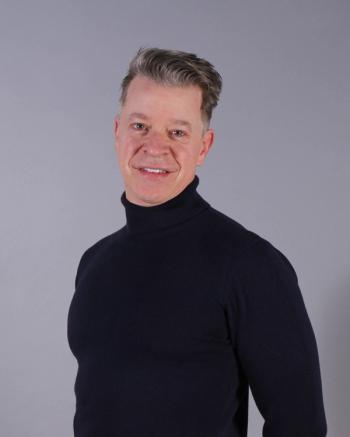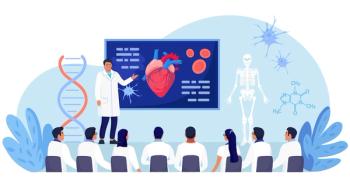
Female physicians face bigger EHR burdens, study finds
Key Takeaways
- Women physicians spend more time on EHR tasks, leading to longer workdays and increased burnout compared to male counterparts.
- Despite finding EHR systems easier to use, women report higher burnout due to deeper clinical assessments and negative patient interactions.
Female primary care physicians spend more time on portal messages and documentation — and report higher levels of burnout and patient hostility — than their male counterparts.
A new study from the
The study, published Thursday in the
Same messages, different workloads
On paper, the message load looks even. But when it comes to what happens after those messages arrive in the physician’s inbox, the differences are clear. On average, female physicians spent nearly six more minutes per day
That added time translates to longer workdays and, in many cases, increased burden. While men and women spent a similar amount of time in the in-basket — the EHR inbox for
“While some institutions report a higher message volume for female providers, our institution observed that women tend to spend more time managing these messages,” said the study’s lead author, Greta Branford, M.D., of the University of Michigan Medical Center’s Division of General Medicine. “Compared to their male counterparts, women find the EHR system easier to learn and more beneficial in clinical practice. However, they are more likely to cite the in-basket workload as a source of burnout.”
The toll of patient messages
Beyond time and workload, the study also found that female physicians were 60% more likely to report receiving demeaning or
That aligns with
A system out of sync
At the University of Michigan’s general and internal medicine-pediatrics clinics, women already make up 57% of the physician workforce — higher than the national average. As more women enter the field, unequal demands on their time and emotional bandwidth could have lasting consequences for the profession.
Overall, women accounted for roughly two-thirds of the time spent on major EHR tasks — including messaging, note writing, clinical review and order entry — even though their turnaround times were just as fast as their male peers. That is, they were managing more work just as efficiently, but with more time and effort.
“Recognizing these gender differences can help us develop tailored solutions to address these challenges,” Branford said.
The authors call for health care organizations to consider real changes — adjusting panel sizes, easing productivity demands, embracing value-based care models and streamlining EHR workflows. Better teamwork, mentorship and administrative support may also help ease the burden.
Survey responses also pointed to the role of organizational culture. Women were more likely to cite a lack of effective teamwork as a driver of burnout, while men were more likely to point to a lack of personal control. Both reasons matter, but they suggest different approaches to solving the same problem.
With burnout costing the U.S. health system an estimated $4.6 billion annually in lost productivity and turnover, the stakes are high. For practices already stretched thin, fixing these disparities is about more than fairness — it’s about survival.
“These findings highlight the need for targeted interventions to optimize workflows and promote equitable work distribution,” the authors concluded. “Future research should examine the underlying causes and impacts of these gender differences to inform effective solutions.”
Newsletter
Stay informed and empowered with Medical Economics enewsletter, delivering expert insights, financial strategies, practice management tips and technology trends — tailored for today’s physicians.















